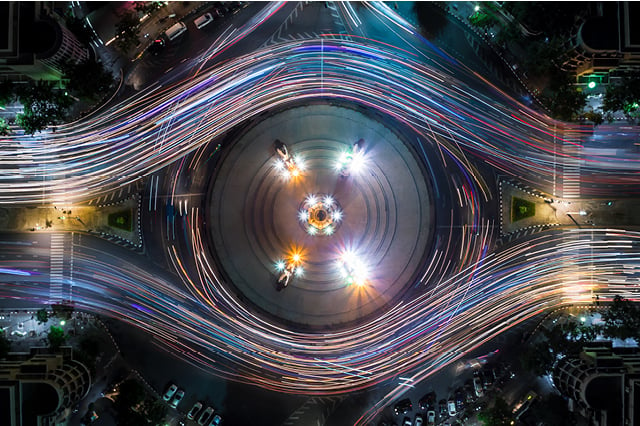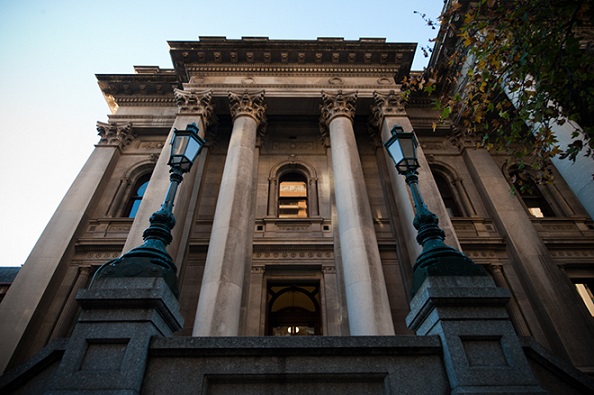Sydney residents asked to pay 50pc more for water to cover costs for new housing connections

- by Admin
- November 1, 2024
Sydney residents will see their water bills rise by 50 per cent by the end of the decade to cover the costs of overhauling ageing water infrastructure and connecting new housing developments.
Sydney Water, the authority that delivers water to Greater Sydney and the Illawarra, has asked the independent pricing regulator, IPART, to increase water prices from July 2025.
The proposal will see water prices initially rise by 18 per cent next year before rising by 7 per cent annually in the following four years.
For an average household, this would mean their water bill will increase by $235 in July, then continue to climb by $123 a year until 2029.
Sydney Water said the money would pay for the delivery of new infrastructure, such as pipes and treatment plants to new growth areas.
The price increase over the next decade. (Supplied: Sydney Water)
It will also fund the renewal of existing assets and the construction of new water sources as the water supplier looks to reduce reliance on Warragamba Dam and Prospect Water Filtration Plant.
Head of Civil Engineering at the University of Sydney and water expert Stuart Khan said large parts of Sydney’s water infrastructure were built in the 1950s and were in desperate need of an upgrade.
“The newer parts of that are about 25 years old, the older parts are approaching 75 years old,” Professor Khan said.
“That is beyond the intended life span for a lot of the pipes, plumbing, and other infrastructure.
“It does need to be replaced [and] upgraded, or we are going to end up with failing systems.”
Connecting ‘greenfield’ developments
The NSW government has forecast Greater Sydney will add more than 170,000 new homes by 2029.
Sydney Water said 60 per cent of the $16 billion it raised by the end of the decade would be invested in delivering new services across growth areas.
This included north-west Sydney, around Penrith, the Western Sydney airport, Parramatta, south-west Sydney, and the Illawarra.
Most of the money will be spent connecting new homes in growth areas. (Supplied: Sydney Water)
Professor Khan said Sydney Water had to pay for these improvements up front, but some of the cost would be covered by developer contributions.
“As developers develop new greenfield sites, they do have to pay a contribution for connecting the sewer system and drinking water system to those developments,” he said.
Sydney Water estimated developers would contribute $3.9 billion by 2030.
Sydney wastewater ‘approaching capacity’
Sydney Water said its wastewater systems at North Head, Malabar, and Bondi serviced 60 per cent of customers but were “reaching capacity”.
New wastewater treatment plants would need to be built to service the growth regions.
Meanwhile, there are plans to diversify Sydney’s drinking water supply.
Warragamba Dam and the Prospect treatment plant supply drinking water for 80 per cent of Sydney Water customers.
Sydney Water plans to build additional desalination plants like the one at Kurnell to diversify its water supply. (Supplied: John Holland)
Sydney Water said it was planning to build a new “rainfall-independent supply” including desalination and purified recycled water plants.
Professor Khan said it would cost “tens of billions of dollars” to ensure a resilient system capable of operating during extreme weather events.
“If we want to do it properly, and we are keen to supply that water in a way that will be reliable so that parts of Sydney won’t be subjected to unreasonable frequencies of water restrictions or water outages, there isn’t any way around it,” he said.
“If we want all of these good outcomes of reliable drinking water and wastewater services then it is going to cost this type of money.”
Sydney Water is seeking public comment on the pricing proposal with online submissions open until December 9.
The Latest News
-
January 5, 2025‘It’s only for certain people’: The ruthless reality of tennis qualifying
-
January 5, 2025India’s devastating Bumrah injury as Aussies chase 162
-
January 4, 2025Small businesses breathe new life into historic churches
-
January 4, 2025California desert course, designed by Robert Trent Jones Jr. and once led by NHL Hall of Famer, has shut down – Australian Golf Digest
-
January 4, 2025Live: Australia makes explosive start to 162-run chase in bid to win Test series





